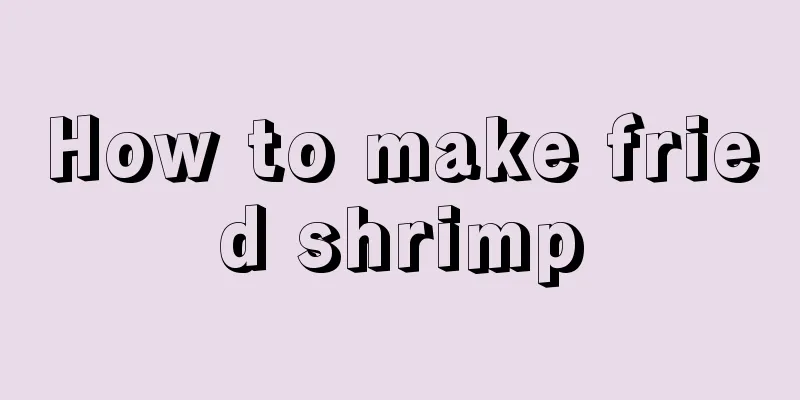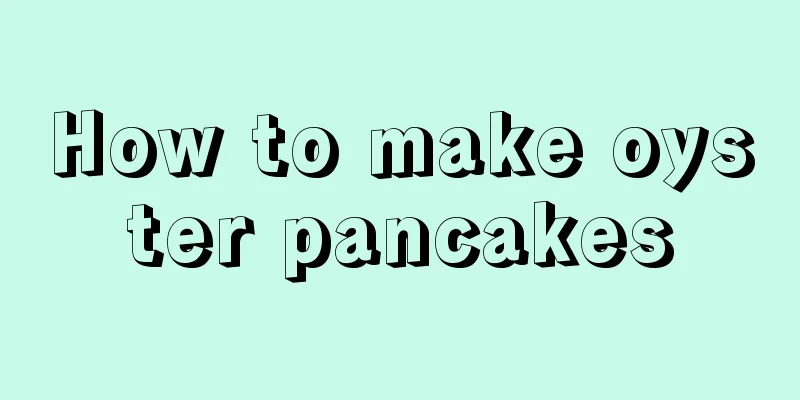How to treat head hemangioma

|
Head hemangiomas can be divided into intracranial aneurysms and external hemangiomas. The degree of danger caused by these two types of diseases varies due to the different locations of the lesions. The more common one is intracranial aneurysm. This situation is also relatively dangerous, with saccular aneurysm being the most common. If you encounter this situation, you must seek medical attention immediately, otherwise it is easy to cause subarachnoid hemorrhage, which can easily lead to dangerous consequences. So how should head hemangioma be treated? 1. Clinical manifestations 1. Rupture and bleeding symptoms It is the most common clinical manifestation. Aneurysm rupture can cause subarachnoid hemorrhage, ventricular hemorrhage, intracerebral hemorrhage or subdural hemorrhage, among which subarachnoid hemorrhage is the most common. Typical symptoms and signs include severe headache, vomiting and even coma. 2. Non-bleeding symptoms Oculomotor nerve palsy, visual loss, and facial pain syndrome; intrasellar or suprasellar artery aneurysms manifesting as endocrine disturbances; amaurosis fugax, homonymous hemianopsia; epileptic seizures; and non-hemorrhagic headaches. Some aneurysms are associated with autosomal dominant polycystic kidney disease, fibromuscular dysplasia, arteriovenous malformations, moyamoya disease, connective tissue diseases and other diseases. 2. Treatment Methods 1. Surgical treatment According to the operation time, it can be divided into early surgery (6 to 96 hours after SAH) and late surgery (more than 10 to 14 days). The surgical effect is poor 4 to 10 days after SAH. Surgical methods include direct surgical clipping of the aneurysm and endovascular embolization of the aneurysm. Common surgical approaches include clipping, reinforcement, isolation, or proximal ligation. Endovascular embolization therapy technology uses microcatheter technology to place certain embolic materials, including various types of detachable coils, balloons, non-adhesive liquid embolic agents or coated stents, into the intracranial aneurysm cavity to achieve the purpose of occluding the aneurysm. This method is suitable for aneurysms that are difficult or fail to be clipped surgically, elderly patients, wide-necked aneurysms, complex aneurysms, dissecting aneurysms and pseudoaneurysms. 2. Treatment of SAH It includes general treatment and drug treatment, the latter including sedation, analgesia, laxative, antiemetic, anti-epileptic and H2 receptor inhibitors. 3. Treatment of cerebral vasospasm Calcium channel blockers, hyperdynamic therapy agents "3H" therapy includes hypervolemia, hypertension and hemodilution, and bloody cerebrospinal fluid is drained by lumbar puncture or continuous ventricular drainage. 4. Hydrocephalus after SAH Extraventricular drainage is suitable for patients with hydrocephalus after acute SAH or severe intraventricular hemorrhage. Ventriculoperitoneal shunt is indicated for chronic hydrocephalus after SAH. |
>>: Are loofah dumplings delicious?
Recommend
How to make spicy pork floss flower buns
Economic development has put us under increasing ...
How to make beef tendon delicious
Beef tendon is a part of the cow. It has many use...
How to make three fresh chicken tofu
If you are married and have children, have you ev...
How to make fried snails with sauce
Many of our friends often neglect eating and have...
How to make steamed tofu with chopped pepper and cauliflower
With the continuous improvement of life, our requ...
How to make stir-fried black bean sprouts with amaranth
If you have been away from home for a long time, ...
How to make cocoa snowballs
People who are in good health are those who know ...
How to make braised chicken wings with kelp and soybeans
Many girls complained that the food was not good,...
Sweet and spicy prawns recipe
Of course, healthy and delicious food is insepara...
How to make Schisandra chinensis tea
Some people often say that they can cook, but in ...
How to make cold pork skin jelly
Most diseases are closely related to our diet, so...
How to make yellow potato and vegetable soup
The word "laziness" has ruined the live...
How to make winter melon egg porridge
Everyone wants to have a stable job, a good incom...
How to make spicy vegetarian buns
When you have to continue working despite draggin...
Lemon pudding cake three-layer recipe
As the saying goes, food is the most important th...









